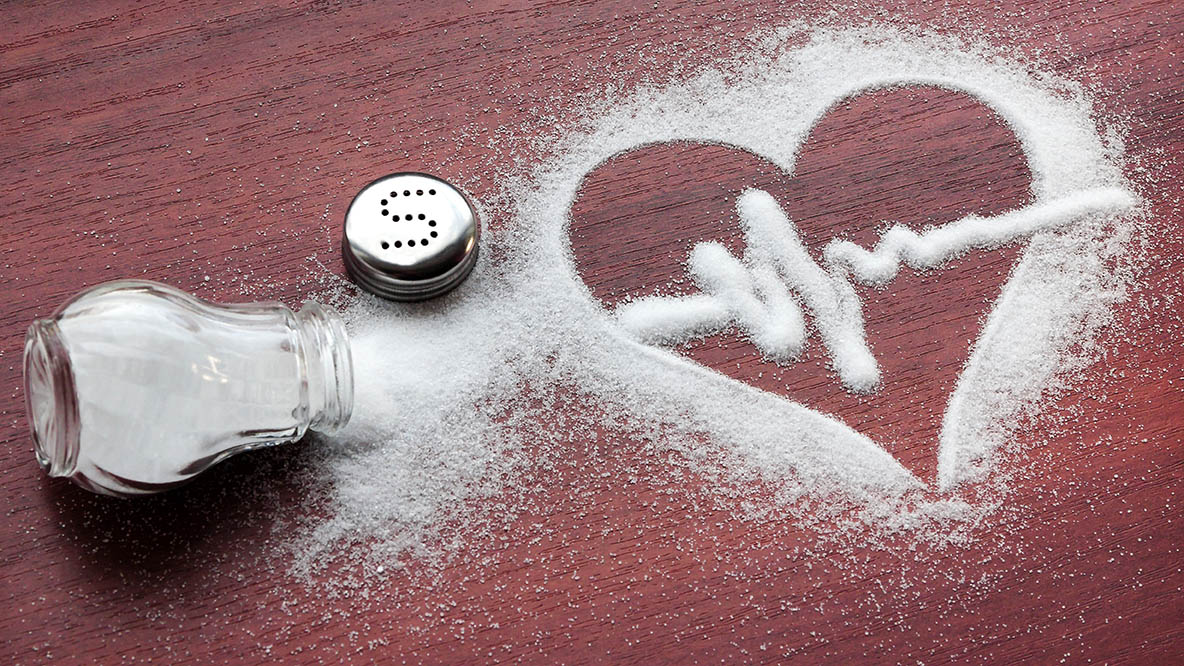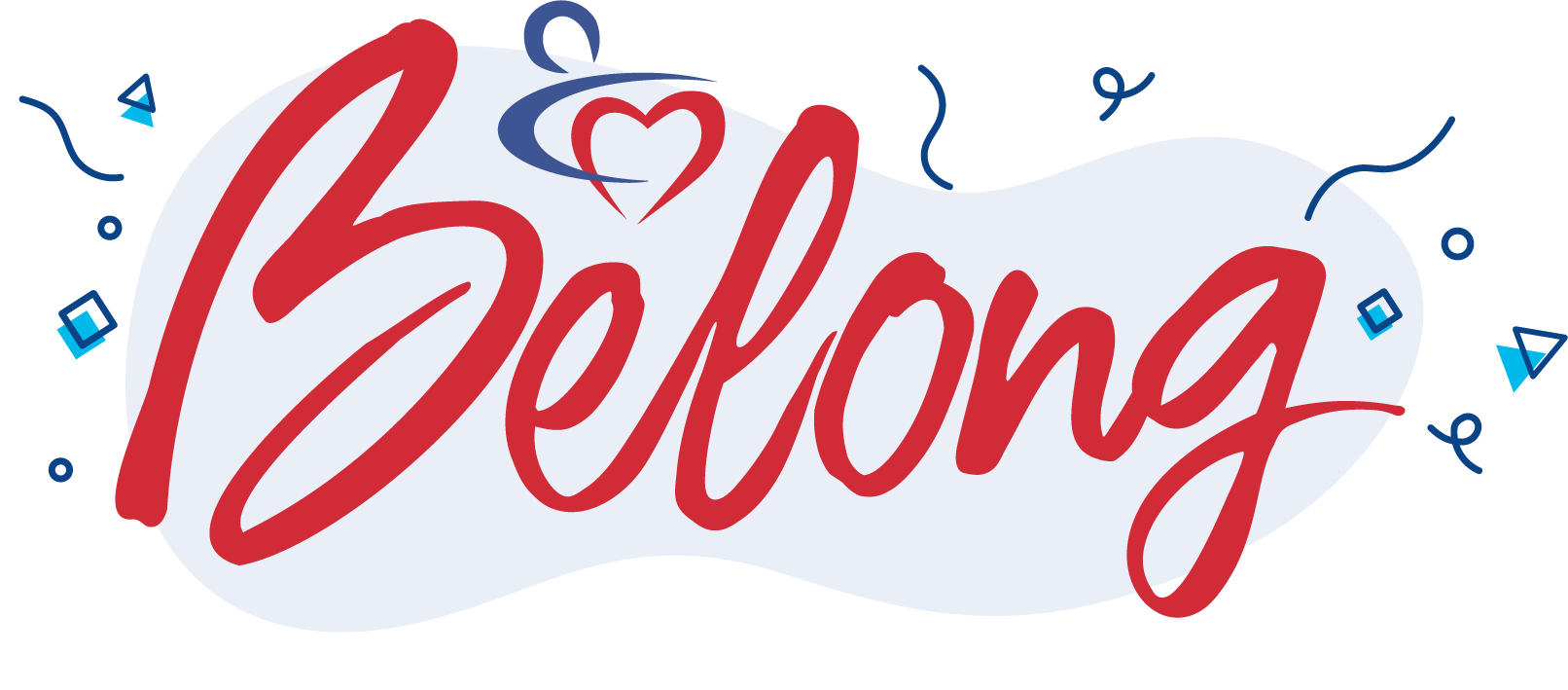How Much Sodium Should I Eat Per Day?
On average, Americans consume 3,400mg of sodium per day. To put this into perspective, the recommended maximum amount of sodium is 2,300mg. After our bodies get used to the taste of salt, we crave foods high in sodium, like processed foods. Since sodium is a mineral that spikes our blood pressure, Americans tend to have high blood pressure after consuming large amounts daily. This ripple effect increases our chances for health risks like heart disease and strokes. It is time to put our health first and manage how much sodium we consume.
How sodium is used in your body
Low levels of sodium are needed in your body to function correctly, but as you may know, most Americans are said to consume too much sodium in their diets. Your body needs this mineral to help your muscles and nerves function while balancing water and vitamin intake.
Unfortunately, too much sodium can lead to high blood pressure, which increases the chances of having a heart attack or stroke. Sodium is known to be found in salt, but limiting your salt intake is possible even without losing your food’s delicious flavor.
How much sodium should I have per day?
Naturally, your sodium intake levels will fluctuate daily depending on your diet. Staying in the range of 1,500mg -2,300mg of sodium per day is a healthy level of sodium to consume. For reference, one teaspoon of table salt contains about 2,300mg of sodium. Most sodium Americans ingest is not from adding salt to your food from a shaker but from hidden sodium in processed foods. With this being said, it is crucial to track your sodium intake to stay on top of your health.
How much sodium should a healthy person have?
Your body needs no more than 2,300mg and no less than 500mg of sodium per day to maintain a healthy sodium level. Consuming close to 1,500mg is ideal for managing your weight and blood pressure. Those who eat more nutritious foods like fruits, vegetables, and lean protein naturally consume less sodium because fresh foods are generally low in sodium, unlike processed foods.
How much sodium per day with high blood pressure?
Ultimately, your blood pressure naturally increases as you age, so watching your sodium intake as time progresses is important. It is even more crucial to monitor these levels when you naturally have high blood pressure. In this case, consuming no more than 1,500mg of sodium daily is essential, staying at the lower end of the spectrum.
Foods with the highest sodium
Below is a list of foods to look out for that tend to have high levels of sodium:
- Poultry and deli meats
- Egg dishes and omelets
- Seasonings with salt
- Salted snacks – potato chips, pretzels, etc.
- Processed and canned foods – soups, etc.
- Frozen and packaged quick meals – boxed pasta, etc.
- Prepared mixes- like pancakes, cakes, and other “just add water” mixes
- Cured or canned meat – ham, bacon, pork, sausage, hot dogs, etc.
- High-sodium dairy products – most cheeses/ cheese spreads
- Condiments and commercially-prepared salad dressings
Tips for reducing your sodium intake:
The following content is a list of tips to reduce your sodium intake:
- When grocery shopping, choose fresh foods instead of processed prepared foods.
- Compare nutrition labels when shopping and select foods with lower sodium.
- Prepare your own food when you can.
- Look for items labeled “no salt added” or “low sodium.”
- Use spices, herbs, and lemon juice to flavor food instead of salt.
- Rinse canned foods that contain sodium, like beans and vegetables, before using them.
- Choose unsalted snacks.
- Reduce your portion sizes.
- Pay attention to the condiments you use and choose low-sodium options.
- Don’t salt your meal before giving it a taste.
Other ways you can lower your blood pressure:
Below are additional ways to help you reduce your blood pressure:
- Eating foods high in potassium, like fruits and vegetables, can help reduce the effects of sodium on your blood pressure.
- Losing weight can aid in lowering your blood pressure.
- Exercising daily can significantly lower your blood pressure.
- Eating a low-fat diet with plenty of vegetables and fruit is essential.
- It is important to limit and reduce alcoholic beverages.
FAQs:
How much sodium per day to lose weight?
While no specific amount of sodium can help a person lose weight, remember that the more sodium you consume, the more water weight your body may retain. It is essential to understand that 2,300mg of sodium is the maximum daily amount, 500mg is the minimum, and 1,500mg of sodium daily is an excellent in-between amount. Consuming a daily amount of sodium at the lower end of this spectrum is the ideal amount to encourage weight loss.
Is 500mg of sodium per day enough?
500mg of sodium per day (around ¼ teaspoon of salt) is enough for your body to function correctly, assuming you are not sweating too much during the day. Although, aiming between 500mg and 1,500mg of sodium daily is a great range to stay in.
How much sodium per day for men and women?
While men tend to consume more sodium than women, no evidence shows that adult men and women need different amounts of sodium. Staying in the lower range of 500mg-2,300mg of sodium daily is ideal for both.

